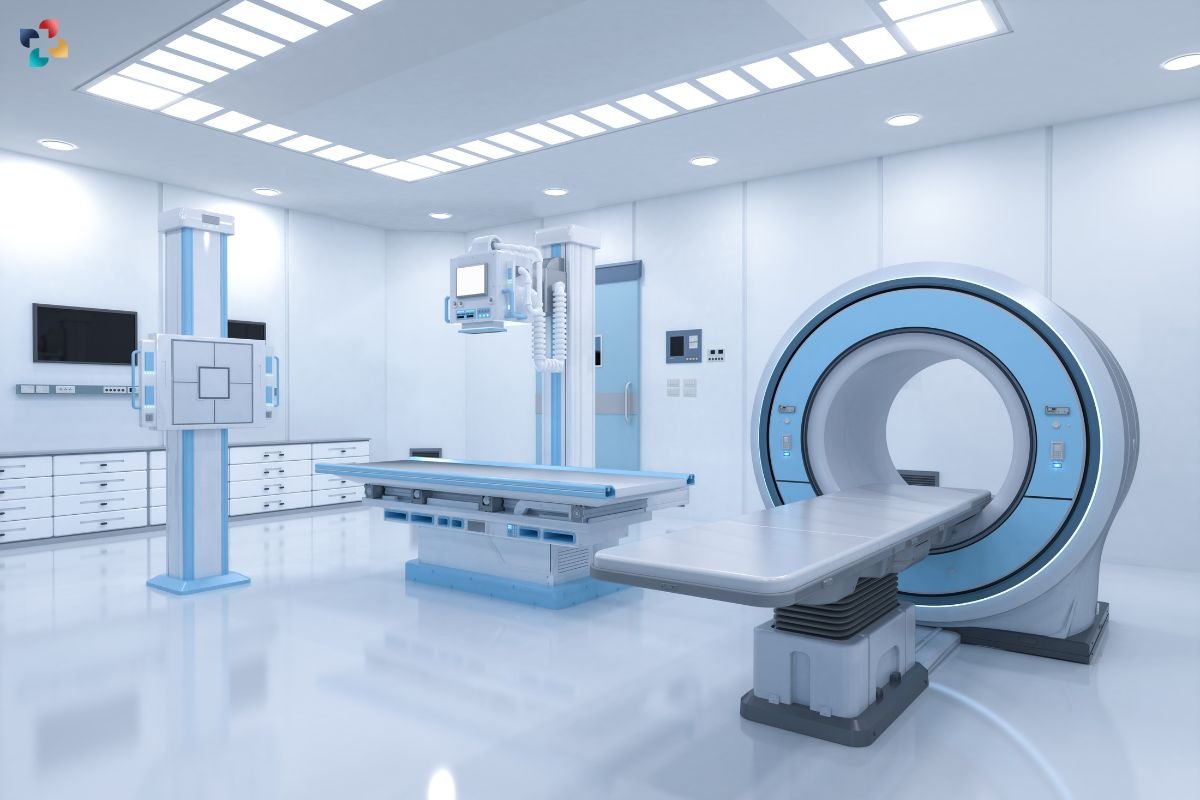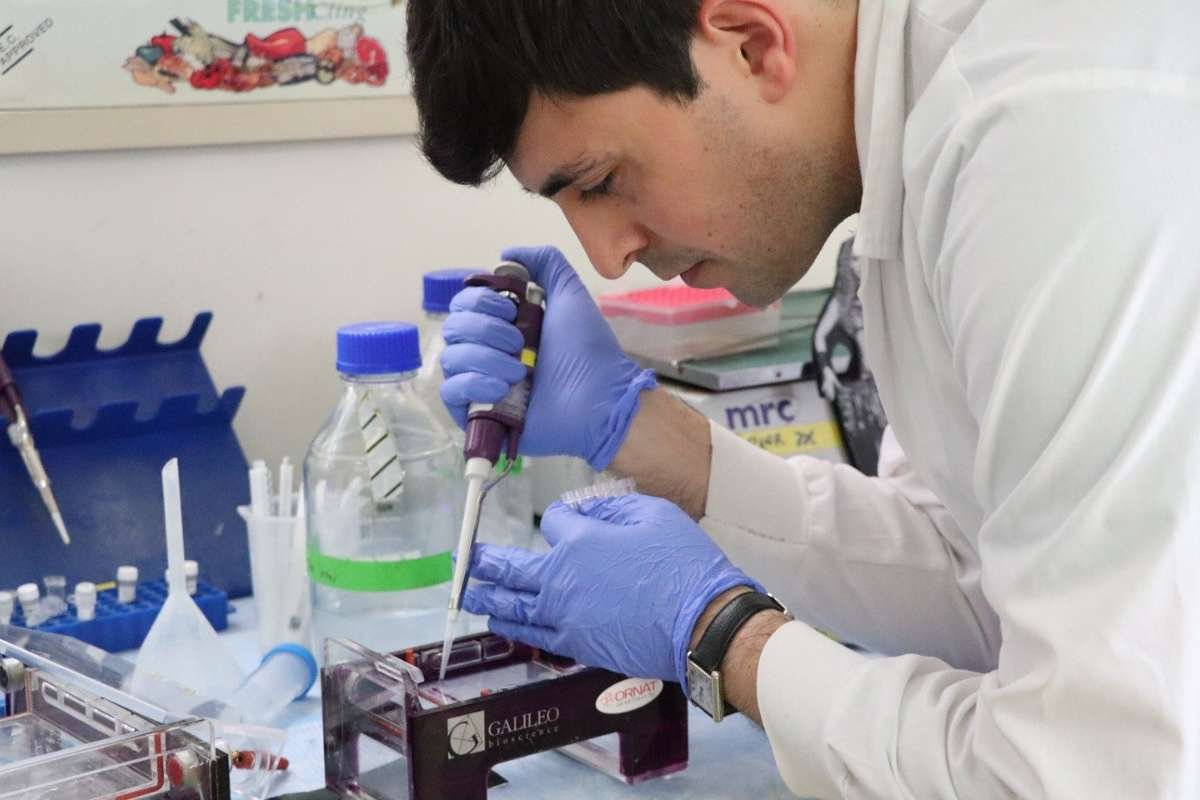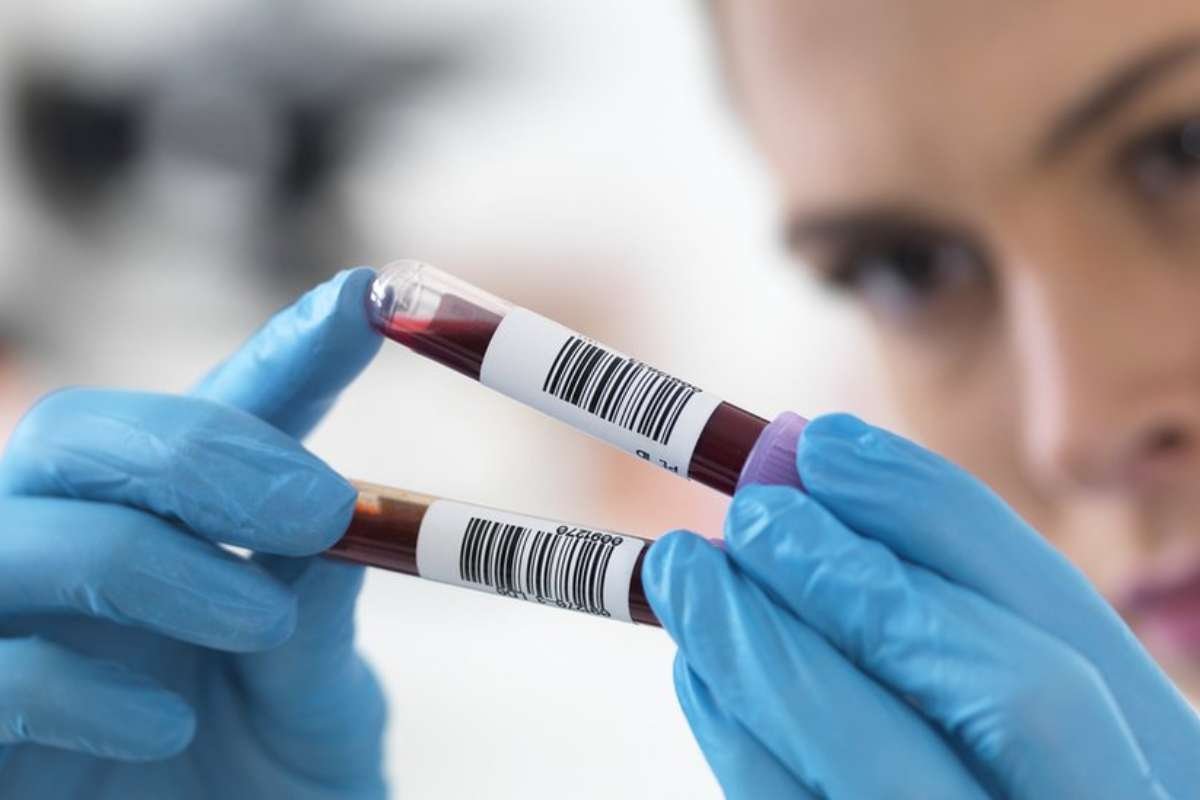Pediatric Radiology faces both unique challenges and opportunities in providing healthcare for children. Children’s bodies are different from adults so doctors need special skills to understand and treat them.
Pediatric Radiology uses tools like X-rays and scans to see inside kid’s bodies and find out what’s wrong. Here, we will talk about the special things doctors need to think about when they are looking after children’s health with Pediatric radiology.
What is Pediatric Radiology?
Pediatric Radiology is a branch of medicine that uses special techniques like X-rays, and ultrasounds to take pictures of the insides of kid’s bodies. These pictures help doctors see if there are any problems or illnesses, like broken bones or diseases, and decide the best way to treat them.
Pediatric radiology involves the imaging of fetuses, infants, children, adolescents, and young adults. Pediatric radiology is important because it helps doctors find the best way to take care of children’s health. When children are sick or injured, imaging can play an important role in defining the problem.
The doctors who specialize in looking at these pictures and figuring out what’s going wrong in children’s bodies, called pediatric radiologists.
Some Imaging Techniques Involved in Pediatric Radiology:
1. Magnetic Resource Imaging(MRI)
It uses a powerful magnetic field, radio waves, and a computer to produce detailed pictures of the inside of your child’s body. Magnetic Resource Imaging can help diagnose and monitor for a variety of problems in the brain, chest, abdomen, pelvis, and extremities. It is great for seeing soft tissues and organs like the brain or muscles without radiation.
2. Computed Tomography(CT)
It is a fast painless technique that uses special X-ray equipment to create detailed images of your child’s internal organs, bones, soft tissues, and blood vessels. It helps find many different kinds of problems, but doctors avoid its uses because it involves radiation.
3. Ultrasound Imaging
It uses sound waves to create pictures of organs inside the body, like the person’s abdominals, pelvic organs, muscles, tendons, heart, and blood vessels. It is safe to use it doesn’t involve any ionizing radiation.
4. Digital Radiography(X-ray)
It is like taking pictures of the organs inside the body using invisible rays. Doctors use it to see if bones are broken or if there are any other problems. Plain X-rays are widely available and quickly obtained, with very low doses of radiation involved.
5. Nuclear Medicines
It uses small amounts of radioactive materials called radiotracers and a small camera to see the structures inside your child’s body and how they function. It provides unique information that often cannot be obtained using other imaging procedures.
Major Challenges in Pediatric Radiology:
1. Radiation protection
Children are more sensitive to radiation than adults, so ensuring that they receive the lowest possible radiation during image procedures is crucial. To reduce radiation exposures, techniques like dose modulation and appropriate imaging protocols are used.
2. Quality assurance
Regular quality assurance initiatives and evaluations are essential for maintaining peak performances. Implementing double-check protocols is vital to prevent any potential missed diagnoses. It can be challenging due to their unique anatomy, development variations, and dynamic growth patterns.
3. Child-friendly environment
Hospitals and imaging facilities must create a welcoming environment to minimize stress and anxiety for young patients undergoing pediatric radiology procedures.
4. Child-sized equipment
Equipment should fit well and be designed to make kids comfortable. They minimize the need for repeated scans and to obtain accurate diagnostic information. This way doctors can get the information they need to help kids without causing kids any unnecessary stress or discomfort.
5. Cooperation and Comfort
Kids might find it hard to stay still during scans because they might feel scared, worried, or discomfort. To keep them calm doctors use different tricks like playing games, talking to them, or sometimes giving them medicines to relax or sleep.
Opportunities in Pediatric Radiology

1. Team Work
Working with other doctors helps provide complete care for kids, making sure they get the right treatment based on what the scans show.
2. Teaching others
Pediatric radiologists can spread the importance of scans for kids’ health, helping more children get the care they need.
3. Better machines
New technologies mean clearer pictures with less radiation. This is how one can learn how to use advanced technologies that make scans safer and more accurate for kids.
4. Helping worldwide
By sharing knowledge and technologies, doctors can help kids anywhere to get the right treatment. No matter where they live.
5. Making scans easier for kids
By inventing new tools and techniques now doctors can make scans less scary and more enjoyable for kids.
What Do People Often Search About Pediatric Radiology?
1. Does the test use radiation to create the image?
Yes, few of them do. Common imaging techniques that use medical radiation in pediatric radiology are Computed Tomography(CT), Fluoroscopy, X-ray, and Nuclear medicine.
2. What if a child is too scared to have a scan?
You don’t need to worry. Doctors and nurses are trained to help calm scared children and make them feel more comfortable.
3. Can parents stay with their children during scans?
Yes, in most of the cases. Parents can stay with their children to provide comfort and support during scans.
4. How long does a scan take?
It completely depends on the type of scan. Some can be done quickly while some take longer.
5. Are there any risks with Pediatric Radiology?
However, doctors take many precautions to reduce the risks. However, there can be some risks like allergic reactions from radiation.
Conclusion:
Pediatric technology plays a vital role in helping children stay away from diseases. By using special techniques like X-rays, CT, and Ultrasound doctors can take pictures inside kids’ bodies to find out the illness or sick areas in children. Pediatric radiology helps doctors understand what is going wrong inside a child and find the best treatment to recover it.
Overall, pediatric radiology is all about making sure children get the right treatment at the right time, which helps them grow strong and healthy. With ongoing advancements in technology, pediatric radiology continues to improve, which ensures a brighter future for children.









